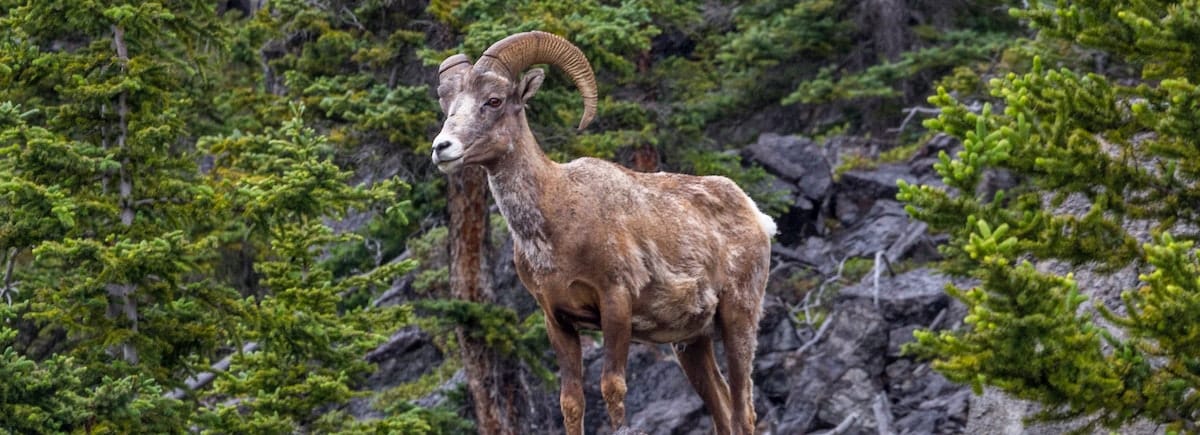Imagine Colorado 150 years ago, when hearing a faraway wolf howl or seeing a bighorn was not rare. While many things have changed in those 150 years, our Wildlife Program aims to restore this wildlife and ensure that it happens in a way that is harmonious for all parties involved.
As you may know, Proposition 114 passed in November 2020, requiring Colorado Parks and Wildlife (CPW) to restore wolves to Colorado by the end of 2023. For the planning process, CPW created two groups: the Technical Working Group and the Stakeholder Advisory Group. The technical group advises on science and legal issues, while the stakeholder group members, including myself as SJCA’s Wildlife Manager, provide a wide range of viewpoints to advise CPW on social and economic issues that should be addressed. The goal is to finish the plan by summer of 2023 and reintroduce the wolves by the end of that year. Wish to learn more about or get involved with the planning process? Visit wolfengagementco.org.
Meanwhile, SJCA is working to restore the existing population of bighorn sheep in Colorado. The bighorn sheep is Colorado’s state animal, and they now occupy only a small portion of the land they once did. The combination of unregulated hunting, which supplied meat to cities and mining camps, combined with diseases transmitted from domestic sheep, caused catastrophic declines in the number and distribution of bighorns. By 1900, about 7,000 bighorns remained in Colorado. While the original population is unknown, we do know that bighorns were not limited to high elevation areas like you see today. They could be found all across the state, and some biologists believe that they were more common than any other large mammal, including deer and elk.
So where does that leave the bighorns today? Unfortunately, their population continues to be limited by a disease carried primarily by domestic sheep. Recent research shows that even if bighorns have immunity to some pathogens, domestic sheep can still infect them and cause major die-off, as well as a continued long-term impact on the survival of lambs. Ultimately, the disease is leaving bighorn populations stagnant or shrinking. The only known strategy to reduce exposure to this disease is by separating domestic and bighorn sheep, which means we must reconfigure or close grazing allotments on public lands. We are currently working with our conservation partners to enact this very strategy.
Any questions? Feel free to get in touch with our Wildlife Program Manager, Gary Skiba.




